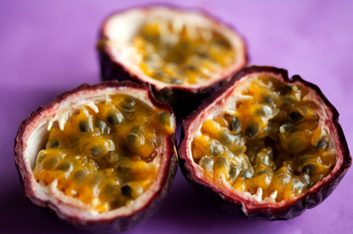
1. Passion fruit
This small egg-shaped fruit contains edible seeds and a juicy, sweet-tart pulp . The outer peel or rind of this egg-shaped fruit may be dark purple or light green in colour. The inside pulp and edible seeds are greenish orange, jucy and sweet-tart in flavour.
“The pulp is a great source of fibre, antioxidants and plant sterols which reduce your blood cholesterol levels,” says Natalie Brown, a registered dietitian in White Rock, B.C. The fruit also contains lots of vitamins C and E. To enjoy one, you can scoop the flesh right from the rind, toss it into a fruit salad or juice it for a twist on your morning beverage.
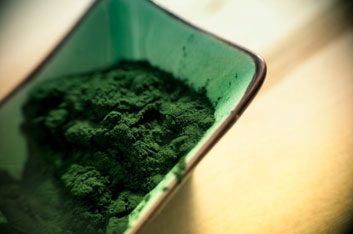
2. Algae
Spirulina, a blue-green algae available at health food stores, is a promising immune-booster. In a May 2008 study, German researchers found that spirulina preparations containing zinc and powdered acerola (a vitamin C-rich tropical fruit) have high anti-inflammatory and antioxidant potential. Further testing is required to determine whether long-term use of spirulina preparations strengthens immune defence and reduces cold and flu risk. (Consult with a doctor or a trained practitioner before trying any dietary supplements.)
Tip: Add spirulina powder to your morning smoothie.
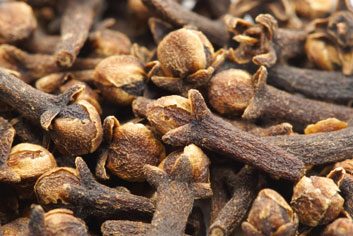
3. Cloves
Cloves are native to eastern Indonesia and were probably the first breath fresheners. In China, during the Han dynasty, courtiers would chew on cloves to sweeten their breath before addressing the emperor.
Among more than a thousand foods studied at the University of Oslo, cloves contained the most antioxidants per gram, with as little as 1g (about ½ teaspoon) of cloves containing about the same antioxidants as ½ cup of berries.
Cloves are still a useful addition to your spice medicine chest. They can be used to calm bloating and flatulence-fruit stewed with a pinch of cloves not only tastes good, but is also a digestion-calming dessert.
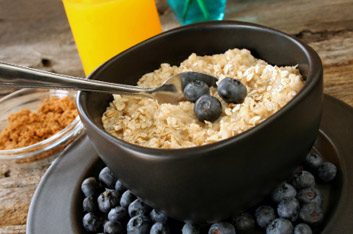
4. Oats
Oats’ cholesterol- and blood pressure-lowering powers come from beta-glucan, a type of soluble fibre. One cup (250 mL) a day of cooked oat bran, 1 ½ cups (375 mL) of cooked oatmeal or thee packets of instant oatmeal provide enough beta-glucan to lower blood cholesterol by about five percent and heart attack risk by about 10 percent.
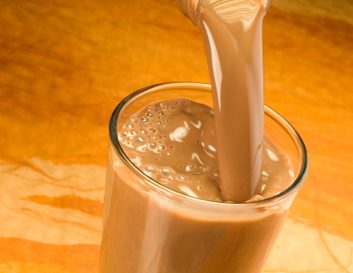
5. Chocolate milk
Great news for chocoholics: Chocolate milk is a healthy way to get your fix. “It basically has the same package of bone-building nutrients that white milk does,” says Zannat Reza, a registered dietitian based in Toronto.
Yes, chocolate milk is sweet, but its sugar content is comparable to apple juice-and it’s a much healthier choice. “You’re going to get 16 nutrients from the chocolate milk and you might be getting two from the apple juice,” Reza notes. Choose a one-percent brand for a low-fat, nutritious treat.
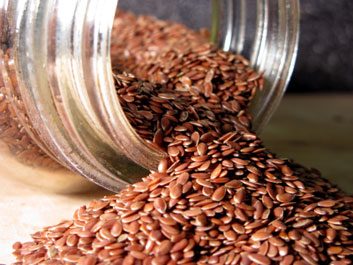
6. Flaxseeds
A tablespoon of ground flaxseed sprinkled over cereal or yogurt provides an easy 2.3 grams of fiber, often more than what’s in the cereal itself. But flaxseed is most revered for its lingans. These act like estrogen in the body, blocking estrogen receptors on cells and contributing to reduced rates of certain hormone-related cancers, such as breast cancer. Their anti-inflammatory power may also help keep conditions from acne to asthma at bay.
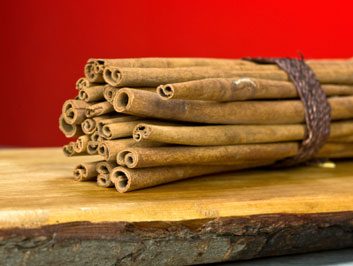
7. Cinnamon
Cinnamon is one of the most powerful healing spices. It’s become most famous for its ability to improve blood sugar control in people with diabetes. The apple pie spice can help prevent blood clots and has antibacterial and anti-inflammatory properties. It has been shown to conquer E. coli, among other types of bacteria.
How much? As little as ¼ to ½ teaspoon of (1 to 2 mL) a day could cut triglycerides and total cholesterol by 12 to 30 percent.
Tip: Sprinkle some cinnamon on your daily coffee to reap the benefits of this super-spice.
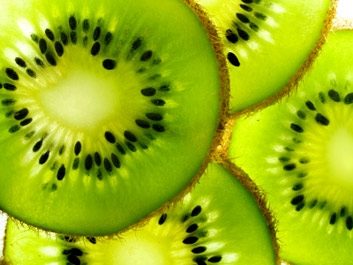
8. Kiwifruit
Kiwis are high in vitamin C, which is an important immune-boosting nutrient, as well as in vitamin E, which, helps increase your body’s T-cell count, says nutritionist Ian Marber, author of Supereating: A revolutionary way to get more from the foods you eat. Try the sweet green fruit in a smoothie (it pairs well with strawberries and spinach), or in one of these recipes:
• Nutty Breakfast Parfait
• The Okarito, an antioxidant-rich cocktail
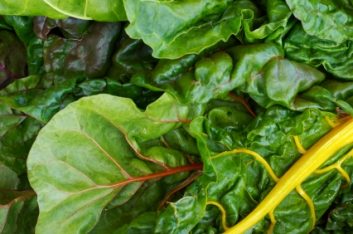
9. Swiss chard
Swiss chard is a great source of chlorophyll, phytonutrients that may help prevent cancer, and it’s incredibly high in an antioxidant called lutein. “Lutein plays an important role in preventing age-related macular degeneration…the leading cause of blindness in older Canadian adults,” says Gina Sunderland, a registered dietitian in Winnipeg. Next time you shop, skip the pricey, packaged salad greens and reach for an abundant bunch of chard.
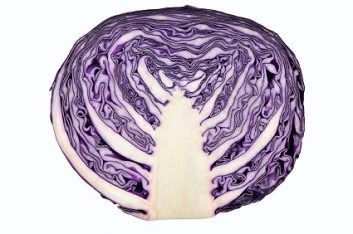
10. Red Cabbage
Red cabbage owes its vibrant hue to potent antioxidants called anthocyanins, which help prevent hardening of the arteries and possibly diabetes and neurological diseases. The Agricultural Research Service in the U.S. also reports that anthocyanins may protect against cancer and improve brain function.
Recipe to try:
• Crunchy Nut Coleslaw (Substitute red cabbage for the white.)
Related:
• 5 flu-fighting foods
• 5 foods that will improve your mood
• 40 foods high in antioxidants
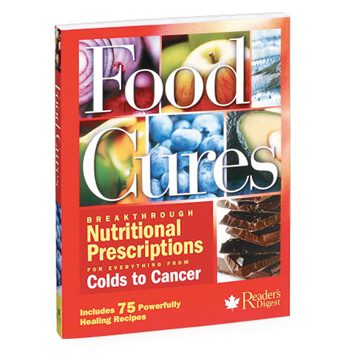
Get more Food Cures
Here is your definitive guide to help heal, ease, or prevent 57 ailments with common foods and nutritional supplements. Settle nausea with ginger. Give your memory a boost with oatmeal. Lower your blood pressure with bananas. You’ll find dozens of detailed food “prescriptions” to help treat everything from allergies to migraines to ulcers and more. Plus, you’ll be amazed at how many favorite foods are on the menu: beer, red wine, dark chocolate, shrimp, guacamole, peanut butter…That’s because healing yourself with food is not about eating less, it’s about eating more. And with 75 delectable recipes, eating for health has never been more delicious!
